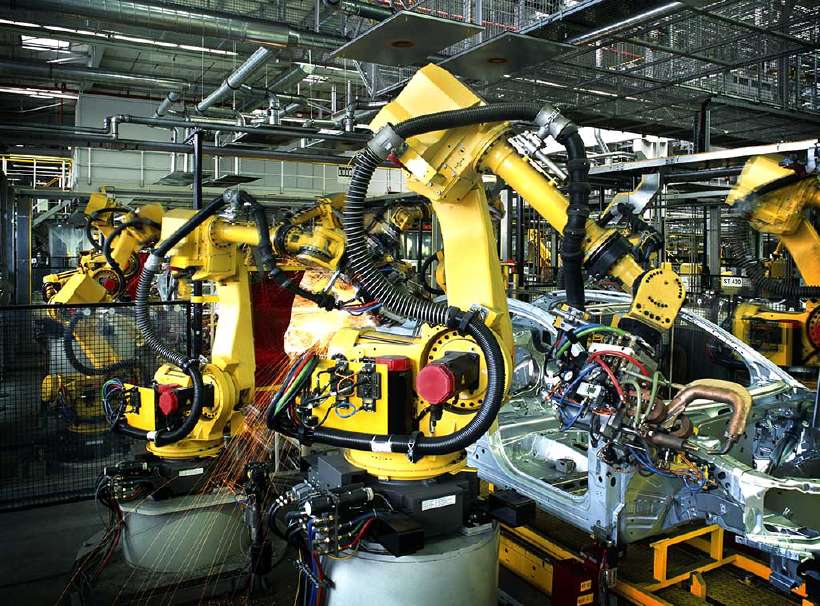Robot That Changes Form
Home / Science for Kids / Science News for Kids / Robot That Changes Form
Did you know that the word robot is derived from the Czech word robota? It means compulsory labour or work. The word robot was first used in a Czech drama in 1921. It described a mechanical device that looked human but lacked emotions. It worked mechanically.
Modern-day robots do not necessarily look like humans. But they are programmed to handle tasks that are normally carried out by humans, especially in big factories that manufacture products like cars. Employers prefer these mechanical devices because of many reasons: they are faster and more accurate than human workers; they never ask for a pay hike; nor do they take endless coffee breaks! Robots are also capable of working in an environment that is dangerous for humans.

They can be found in many places — sorting out bolts in factories, digging a mineshaft, collecting soil samples on the planet Mars, and photographing the ocean floor. Now robots are all set to take over the hospital floor too. No, not as doctors, but as couriers.
![Robot That Changes Form [Illustration by Shridevi R.]](/media/eureka-87_1_hub98b97408e490817e55251ae3806035c_20991_820x0_resize_q60_box.gif)
Usually, big hospitals have attendants scurrying around to deliver medicines and bottles to different wards. Researchers at the University of Arkansas in the United States say that the mobile robots they have created, are ideal for the job of hospital attendants. They insist that their robotic couriers will save the hospitals millions of dollars in the long run.
These mobile robots, known as HelpMates, store a detailed map of the hospital in their memory. They are mobile and are programmed to avoid obstacles and people. The robots’ sensors can detect a human’s approach and quickly get out of the way. Unlike humans, these robots cannot navigate staircases. But, yes, they know how to press a button for the elevator. They travel up the floors in style!
Researchers at a Massachusetts university have gone a step further. They are creating a robot that can constantly change its shape according to the task it has to do. These robots are called polymorphic robots. Polymorphic means the ability to take different forms.
How does the robot change its form any number of times? There is a 3D printer placed inside the robot. This printer uses a nozzle to build up layers of thermoplastic to create the desired shape. Thermoplastic is a kind of plastic that softens upon heating and hardens when cooled.
The entire process of changing form in this manner is called the rapid prototyping technology. It is fairly common in the car industry and is used to produce complex three-dimensional structures quickly.
Once the robot has performed its task, it can be melted down. Its thermoplastic parts can then be recycled into another useful gadget by the 3D printer… The polymorphic robot is a classic case of form according to function.
476 words |
4 minutes
Readability:
Grade 7 (12-13 year old children)
Based on Flesch–Kincaid readability scores
Filed under: science news
Tags: #robots, #university, #hospitals
You may also be interested in these:
He Can't See But He Shows The Way
Who's Stealing the Doctors' Clothes?
Eastward Ho!
Teachers who Ticked Correct Answers Wrong
My Robot Robbi